From Girls School to Cryptanalysis Hub
Author Liza Mundy, who did research for her book "Code Girls" in our Center for Local History, spoke at Central Library on Thursday, Oct. 26 at 7 p.m.
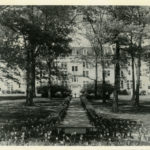
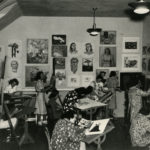

From 1927 to 1942, Arlington Hall was an all-female Junior College with a four-year high school department. It was a boarding school for high school and junior college students and was a “fully accredited school.”
The college offered courses in music, art, and drama, plus training in home economics, secretarial skills, and physical education.
In June 1942, the US Government took over Arlington Hall as their new location for military intelligence and cryptanalysis work.
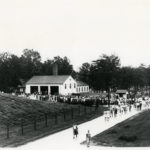
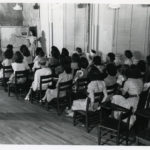
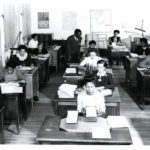
Arlington Hall Station, as it was known during the military’s occupation, became a central hub for the WACs – Women’s Army Corps– and over 1,000 women worked and thrived during wartime America at the complex. Many of these women became “Code Girls” – cryptanalysts responsible for the decoding and deciphering of the Japanese Imperial/Diplomatic code, known as “Purple.”

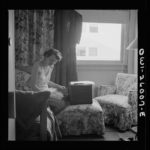
After WWII had ended, the National Security Agency called Arlington Hall Station home for a few years, and until the late 80s, several intelligence think-tanks and divisions remained at Arlington Hall. Today, in 2017, Arlington Hall remains a federal instillation and a training center.
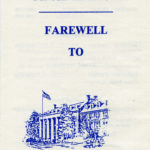

To learn more about Arlington Hall – and all things Arlington, please come visit the Center for Local History at the Arlington Central Library.
For more information regarding the materials and collections available for research, please contact the Center for Local History at 703-228-5966.